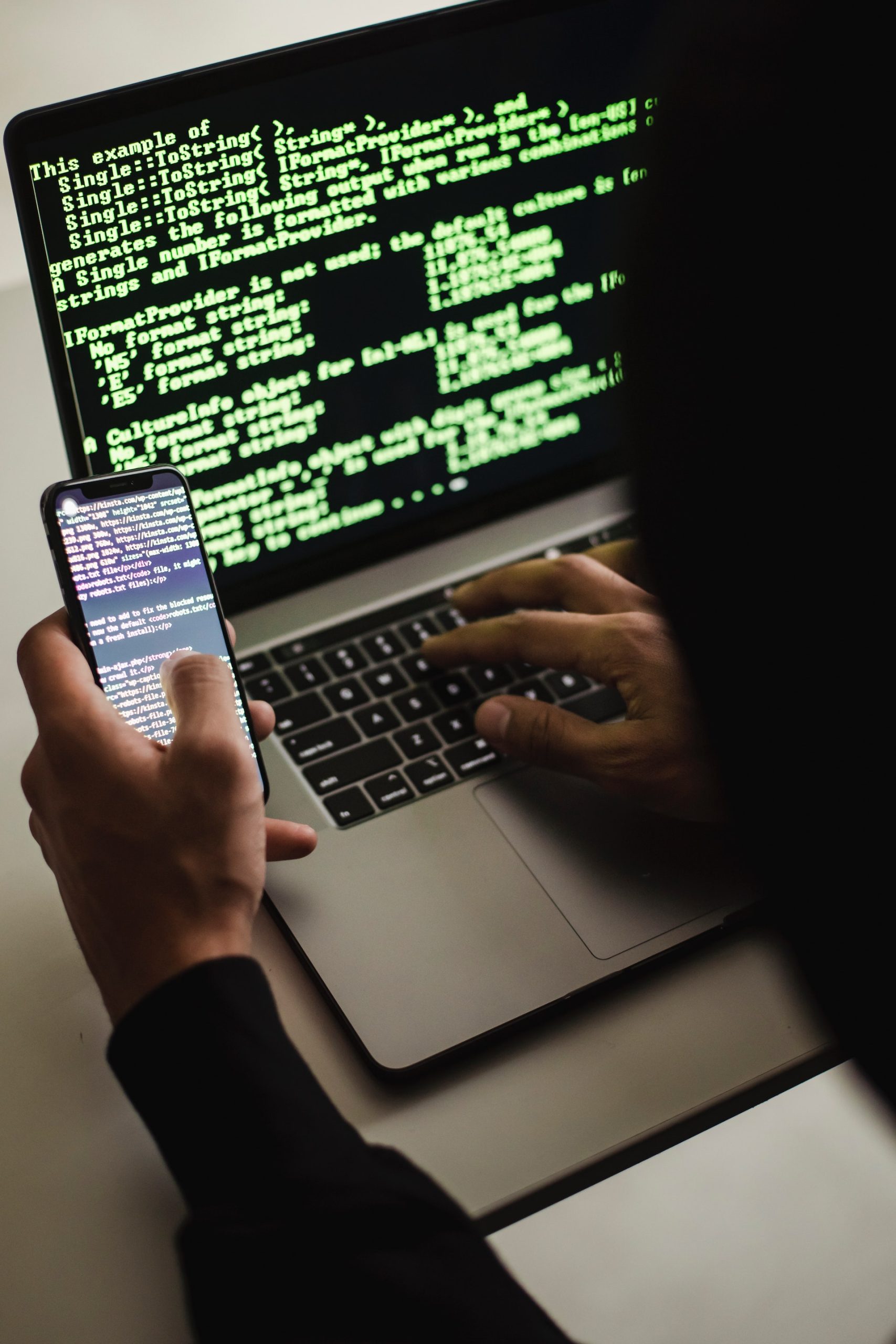You may have heard of ransomware in the news or from friends, but what exactly is it? Ransomware is a type of malware that encrypts your data and demands a ransom for the decryption key. This can be a financial demand, but often times the attackers will also demand personal information.
Ransomware is a serious threat to both individuals and businesses, as encryption can render your data completely inaccessible. This blog post will discuss what ransomware is, how it works, and how you can protect yourself from it.
How Does Ransomware Work?
Ransomware works by encrypting your data with a strong cipher. Once your data has been encrypted, you will no longer be able to access it. The attackers will then demand a ransom, usually in the form of cryptocurrency, in exchange for the decryption key. Oftentimes, the attackers will also demand personal information such as social security numbers or financial information.

Ransomware can spread through a variety of methods, such as phishing emails, malicious websites, or even unsecured remote desktop connections. Additionally, once a system has been infected with ransomware, the attackers will often use brute force methods to spread the infection to other systems on the network.
This is why it’s so important to have strong cybersecurity measures in place, as one infected system can quickly lead to an entire network being taken down.
The Financial Impact of Ransomware
In recent years, ransomware has become a major threat to businesses and individuals alike. This type of malware typically encrypts files or locks devices, making them inaccessible to the victim unless they pay a ransom. According to a recent report from Cybersecurity Ventures, ransomware attacks are expected to cost businesses over $20 billion this year.
The impact of these attacks can be far-reaching, affecting not only the targets but also their customers, employees, and partners. In some cases, businesses have had to shut their doors permanently due to the financial devastation caused by ransomware.

The best way to protect against this type of attack is to invest in comprehensive cybersecurity measures. This includes backing up data regularly, training employees on best practices, using strong anti-malware software and, if you can afford it, hiring an in-house Chief Security Officer (CSO) to develop and enforce processes. By taking these steps, businesses can minimize the likelihood of falling victim to a ransomware attack and the devastating financial consequences that come with it.
The Emotional Impact of Ransomware
While ransomware can have a significant financial impact, its emotional toll on victims is often overlooked. The stress of not being able to access important files or seeing one’s hard work held hostage can be overwhelming. In some cases, victims have even been driven to suicide. Moreover, the experience can leave lasting psychological scars.
Even after the ransom is paid and the files are decrypted, many victims struggle with feelings of anxiety and paranoia. They may become more distrustful of technology and become less likely to use it for personal or professional purposes. The emotional impact of ransomware should not be underestimated. Victims need support to recover their data and deal with the trauma they have experienced.
Ransomware Attacks Perpetrated by Countries
Ransomware attacks happen almost every month, and it appears that some countries may be behind them. For example, in May 2017, the WannaCry ransomware attack hit computers in over 150 countries, causing billions of dollars in damage.

The hackers behind the attack demanded payment in Bitcoin, and although some victims did pay the ransom, there is no evidence that any of the money was actually returned. In October 2019, another ransomware attack known as Sodinokibi hit municipalities in the United States, again demanding payment in Bitcoin. And in December 2020, a hospital in Düsseldorf, Germany, was hit with a ransomware attack that caused it to cancel appointments and divert patients to other hospitals.
The attackers demanded a ransom of $14 million, but the hospital refused to pay. While it’s not clear if any governments are directly behind these attacks, it’s possible that they are using ransomware as a way to generate revenue or cause disruption. Either way, ransomware attacks are becoming a serious problem, and businesses and individuals need to take steps to protect themselves.
How Can You Protect Yourself from Ransomware?
There are several steps you can take to keep yourself safe from ransomware:
- Keep your operating system and software up to date: One of the easiest ways for attackers to install ransomware is by exploiting vulnerabilities in outdated software. By keeping your software up to date, you can close these security loopholes and make it more difficult for attackers to infect your computer.
- Use strong passwords: Strong passwords are one of the most effective ways to protect your accounts from being hacked. Make sure your passwords are at least eight characters long and include a mix of uppercase letters, lowercase letters, numbers, and symbols.
- Don’t click on links or attachments in email messages unless you’re absolutely sure they’re safe: This is one of the most common ways ransomware is installed on computers. If you’re not sure whether an email is legitimate, contact the sender directly to confirm before opening any attachments or clicking any links.
- Use reputable antivirus software: Antivirus software can detect and remove most types of malware, including ransomware. Be sure to keep your antivirus software up to date so it can effectively protect you against the latest threats.
- Back up your data regularly: One of the best ways to protect yourself from ransomware is to keep regular backups of your data. That way, if your files do get encrypted, you’ll still have access to them from your backup. Be sure to store backups offline so they can’t be encrypted by ransomware.
- Conduct a free people search on yourself: By conducting a free people search, you can see what personal information is already out there about you. This will help you to identify any potential threats and take steps to protect yourself.
Conclusion
Ransomware is a serious threat that can cause a lot of financial damage and emotional stress. However, there are steps you can take to protect yourself from it. By keeping your operating system and software up to date, using strong passwords, being careful about what emails you open, using reputable antivirus software, and backing up your data regularly, you can significantly reduce your risk of being victimized by ransomware.



